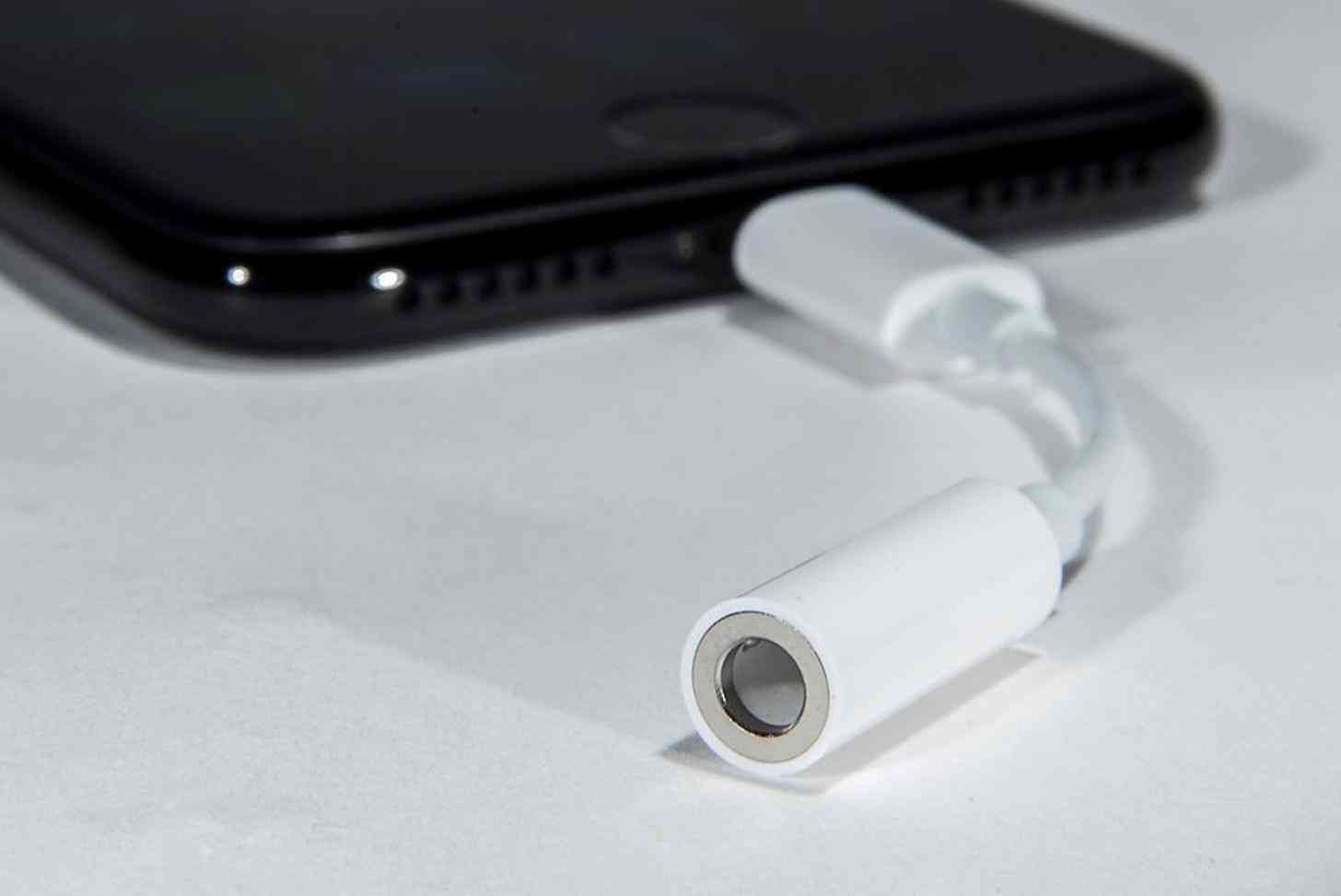
If you’ve felt like innovation in the smartphone industry has stagnated over the past few years, you’re not alone. It’s not necessarily a bad thing, though; smartphone technology is in a place and point in time where it doesn’t particularly need crazy new features, where innovation slows down and the focus shifts towards improving the features already in place to refine the experience.
For the most part, manufacturers do a great job. Incremental improvements are constantly being made to battery life, processing speed, camera quality, display resolutions, etc. But other times the improvements aren’t so incremental or beneficial. Sometimes the “improvements” are downright bizarre, like when OEM after OEM decides that the removal of the 3.5mm headphone jack is a good idea when it's pretty clear that for most people it isn't.
Here’s the problem: Widespread headphone jack removal wouldn’t be an issue if a better system existed, but it doesn't. Sure, you can use USB-C or a Lightning connector to plug in your new headphones, but what if you want to charge your phone at the same time? It can be done – with an adapter. Or what if you simply prefer to use one of likely several pairs of 3.5mm headphones you have lying around instead? That can also be done – with an adapter. But even though you can technically remedy these issues with adapters, the simpler answer would just be to keep the headphone jack in the first place. Then you could do any of the above without having to make unnecessary sacrifices.
The other problem is that OEMs appear to be blindly following this move, but why? Is it in the name of thinner phones, a feature which novelty wore off long ago? You’ll have a hard time convincing me that most people would take a slightly thinner phone over a slightly thicker one that included a headphone jack. Take the Moto Z Play for example. People sing praises of the Z Play for its excellent battery life (thanks to its 1080p display and battery-efficient Snapdragon 625 SoC) and also for Lenovo’s decision to include the 3.5mm headphone jack in this model, particularly because Lenovo's other Moto Z models left the headphone jack out.
Then you have the iPhone 7, which appears to be the main culprit for the idea catching on. However, a controversial move that “works” for Apple doesn’t always work for other manufacturers for a few reasons. One, Apple is still in its “Golden Age” and is still very much a status icon. Two, Apple is the only manufacturer of the iPhone, so if you want to use iOS and Apple says “Jump!”, you jump. Three, the Note 7 fiasco happened around the same time the iPhone 7 was announced, and what would people prefer to have: no headphone jack, or a phone that explodes? The iPhone 7’s ability to succeed without a headphone jack was ultimately a mix of Apple’s own reputation and sheer luck.
There are times where I feel that following Apple’s lead is a good idea, but removing the headphone jack before a true replacement is produced is not one of those times. It’s a damning move that’s only forgivable if your brand is popular enough, and as such, there are only a few brands that could feasibly get away with it. Even then, it’s not a move that anybody really seems to want. It’s not courageous, it’s not convenient, and the reasoning behind it is not convincing.
What I mean to say is that the world burns enough as it is, manufacturers. Let us keep our music holes.